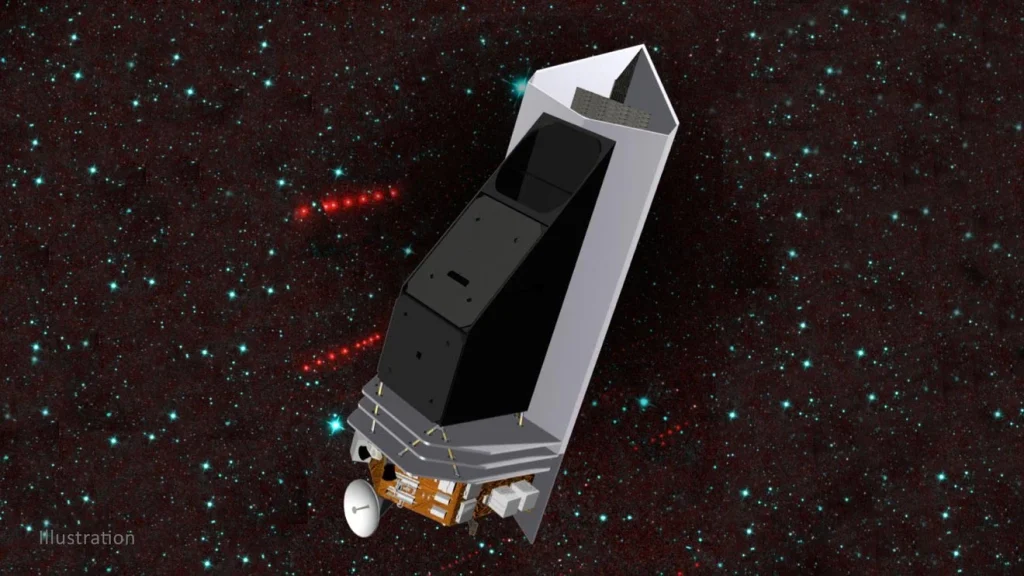NASA is taking a major leap in planetary defense with its Near-Earth Object Surveyor (NEO Surveyor) mission, an advanced space telescope designed to detect and track asteroids that could pose a threat to Earth. With its state-of-the-art infrared technology, the NEO Surveyor will significantly enhance our ability to identify and monitor near-Earth objects (NEOs).
How NEO Surveyor Enhances Asteroid Detection
Unlike traditional telescopes that rely on visible light, the NEO Surveyor uses infrared sensors, allowing it to detect asteroids that are difficult to see due to their dark surfaces or positions relative to the Sun. This technology will help scientists identify potentially hazardous asteroids much earlier, giving more time for analysis and potential deflection strategies.
A Step Forward in Planetary Defense
The mission recently passed a critical design review, bringing it one step closer to its scheduled launch. Once operational, NEO Surveyor will systematically scan space, focusing on detecting objects larger than 140 meters in diameter—large enough to cause regional devastation if they were to collide with Earth.
Why Early Detection Matters
Detecting asteroids early is key to planetary defense. If an asteroid is identified with enough lead time, scientists can develop mitigation strategies, such as deflection missions, to prevent a potential impact. The NEO Surveyor’s ability to track these celestial objects with unprecedented precision will be crucial in safeguarding our planet.
Global Collaboration in Space Safety
NASA’s NEO Surveyor is part of a global effort to monitor space threats. International cooperation among space agencies and scientific institutions ensures a coordinated approach to tracking and mitigating asteroid risks. This mission will provide vital data that can be shared worldwide, strengthening planetary defense on a global scale.
Conclusion
The NEO Surveyor marks a significant step in humanity’s ability to detect and respond to potential asteroid threats. By leveraging cutting-edge infrared technology, NASA is making planetary defense more effective than ever. As we continue to explore and understand space, missions like this ensure that Earth remains protected from cosmic hazards.



Comments (0)
No comments yet. Be the first to comment!
Leave a Comment